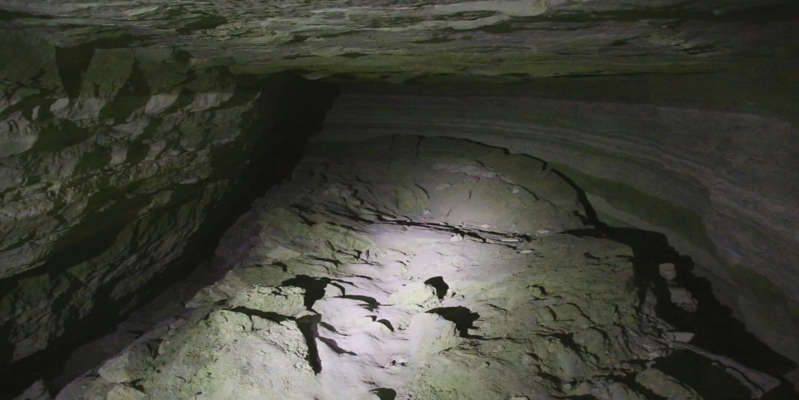
Possible culprits of the coronavirus pandemic found in a cave in northern Laos
Researchers from the French Institute of Pasteur and the University of Laos have identified the likely source of the COVID-19 pandemic. The analysis showed that bats from limestone caves in northern Laos are carriers of coronaviruses, which have a key similarity to the SARS-CoV-2 virus, Research Square reports.
This discovery confirms the version of the animal (and not laboratory) origin of the coronavirus. Scientists examined hundreds of horseshoe bats and identified three viruses with a specific receptor-binding domain.
The domains are responsible for the binding of the virus to the human ACE-2 enzyme and the development of infection. The experts concluded that the domains of the viruses from Laos are very close to the Wuhan strain of the coronavirus.
The new viruses were named BANAL-52, BANAL-103 and BANAL-236. The text of the scientific article states that they are “the closest known to date ancestors of SARS-CoV-2.” So, the domain of the BANAL-236 virus is almost identical to that that caused the pandemic.
Scientists noted that when the SARS-CoV-2 coronavirus first appeared, there was practically nothing to compare it with. But now there is more and more data, with the help of which they hope to completely restore his “pedigree”.
Meanwhile, none of the Lao viruses contains the so-called furin (enzyme) cleavage site. This is a key feature of SARS-CoV-2 that facilitates cell penetration and has long been considered a laboratory experiment.
But no direct evidence has yet been presented that the pandemic coronavirus was created in a laboratory. Scientists have suggested that a special site could arise later, when the virus is transmitted between other animal carriers or people.
“Our results indicate the presence of novel bat sarbekoviruses that appear to have the same potential for infecting humans as early strains of SARS-CoV-2,” the authors emphasized.
People working in the vicinity of the caves are at particular risk. Scientists intend to find out whether these people were infected and whether they have antibodies.
Earlier it became known that the coronavirus is gradually “getting smarter”. So, he learns to spread better through the air.

